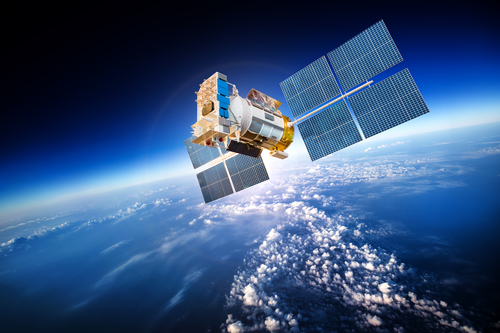Key Takeaways
- Pakistan successfully launched its first Hyperspectral Satellite (HS-1) from China, marking a major step in space technology.
- The HS-1 satellite will enhance precision agriculture, environmental monitoring, and disaster management through high-resolution hyperspectral imagery.
- This launch strengthens Pakistan’s position in space advancements and highlights cooperation with China in peaceful space exploration.
Historic Launch of Hyperspectral Satellite
The Pakistan Space and Upper Atmosphere Research Commission (SUPARCO) has achieved a significant milestone by launching the country’s first Hyperspectral Satellite (HS-1) from China. This event underscores Pakistan’s growing capabilities in advanced space technology, with potential applications in development, sustainability, and disaster resilience.
HS-1 is designed to capture high-resolution imagery across multiple spectral bands, which will provide essential data on land usage, vegetation health, water quality, and urban development. The satellite’s advanced imaging system will enable real-time monitoring of crop health, soil moisture, and pollution levels, which will be crucial for effective climate strategies and resource management. These insights aim to empower decision-makers with evidence-based data to enhance agricultural productivity and climate resilience.
Moreover, HS-1 will improve early warning systems for natural disasters, allowing for timely assessments of floods and landslides, particularly in vulnerable northern regions of Pakistan. The satellite’s capabilities will also benefit key national initiatives, such as the China–Pakistan Economic Corridor (CPEC), by identifying geo-hazard risks and facilitating sustainable development in infrastructure projects.
SUPARCO Chairman Muhammad Yousaf Khan praised this achievement, describing the launch as a “pivotal moment” for Pakistan’s scientific progress. He emphasized that HS-1’s data will be instrumental in optimizing natural resource management across the nation.
HS-1 Project Director Mushtaque Hussain Soomro highlighted the technical excellence and dedication of the team, calling this mission a “definitive leap” for Pakistan’s space endeavors and positioning the country as an emerging leader in sustainable development.
The successful deployment of HS-1 also reflects the enduring partnership between Pakistan and China in the realm of space exploration and technology, illustrating a commitment to collaborative advancements for socioeconomic development. SUPARCO has noted that the addition of HS-1 to Pakistan’s satellite array marks a crucial stride toward enhancing national space capabilities and supporting economic growth through innovation and technology.
The content above is a summary. For more details, see the source article.















